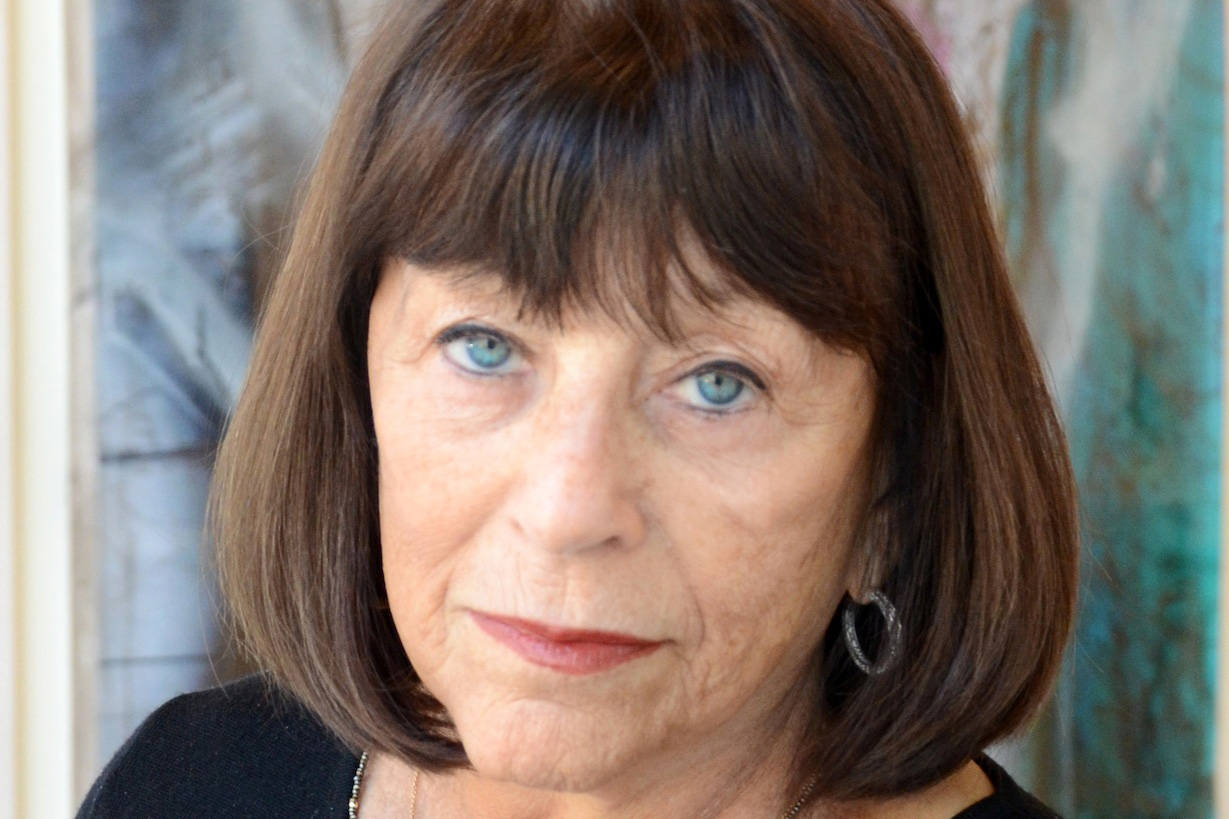Rhona Hoffman has never been one to hold her tongue, which is one of the reasons why adventurous art collectors have been attracted to her eponymous gallery at 118 North Peoria since she founded it in 1976 (with then-husband Donald Young, and independently since 1983). Now one of the most influential proponents of contemporary art in Chicago, Hoffman is being celebrated with an honorary doctorate from the School of the Art Institute this May in Millennium Park, where she’ll stand onstage alongside Kanye West. Hoffman recently sat down with Chicago for some straight talk about the art business.
After 39 years, what keeps you coming through that door each morning?
I have to! I started this snowball, and it’s running down the hill, and I have to keep up with it. And because I keep doing things that, for me, are new. I can do what I want. How many people do you know who are in a position that every time they wake up, they can do, within reason of course, what they want? It’s a very nice life to have a gallery and to show art.
It’s also fun to help others have a good life with art, like collectors. Art does enrich people. It makes you think differently.
So, I keep doing exhibitions and I hope people will keep coming to galleries, although that’s getting to be less and less now. This is a big city, yet it’s amazing there are so few art galleries.
What’s going to happen to the West Loop as a gallery district?
There are still good galleries in the area, like Aspect Ratio and Western Exhibitions. And, there is a reason why people still have galleries. I work with artists who want to communicate with the public through an exhibition—a physical public, not an online public.
But the rents are going up.
That’s the bigger problem. But it’s always been a problem. I left River North [in 2001] when my rent doubled and then tripled. Chicago’s gallery scene needs to be bigger, and I don’t care if they don’t like me for saying it, but there are no really fine galleries in Chicago anymore. [Ed.: see below]
What would help grow more galleries?
More people with money opening them.
What else could help?
Well, there are some very nice worthwhile small galleries that operate on a shoestring but they are not very smart about it, they open any place that’s convenient for them, which means someone’s going to go there once and never come back, because people have a life. They should open in the West Loop. Or next door to Corbett vs Dempsey, or where Shane Campbell is. They should be in a neighborhood where people go to see art, not beyond the city limits. I don’t go, and you can’t drag me there, because I’m busy.
Is there still pressure to make a big statement during the fall opening season?
Yes. I’m making a big statement soon with Nathaniel Mary Quinn, who will be our opening show in September. He was raised in the Robert Taylor Homes in Chicago. He had a very rough upbringing but he is very smart and makes very compelling and beautifully rendered art. I was introduced to him by one of my younger colleagues. He’s very good, and he’s not what people usually associate me with. It’s figurative painting, and it’s narrative.
Have you “made” any artists’ careers?
I’m sure I helped. In many instances I’ve expanded the reach of their art by being a gallery in the Midwest. In the 1970s and 80s I showed Minimalist artwork from New York and California, Italy, Germany… I expanded the reach of those artists in terms of who knew them. I claim that. That’s just a fact. Artists wanted to show at the gallery because we didn’t sell it back to New York, which is what a lot of people did, and which is why I could get whatever I wanted. We sold it to collectors in the Midwest, and now most people know collectors in the Midwest are among the best in the world.
Why do you represent the artists that you do?
Very simply, it’s what I like, and what I feel like doing. We have artists that we’ve represented forever, and then I give younger artists a chance. What I’m really interested in is the visual manifestation of interesting ideas. That’s been a constant in the gallery, starting from the get-go. We show a lot of African-American artists, and people say sarcastically, oh really, that’s so chic. But I first started showing Charles Gaines in 1978. I’m also a feminist, and it turns out we’ve shown 40 percent women at the gallery. But, in both cases, of African-American art and female artists, it was the ideas they were having, represented by their art, that were among the most interesting things going on in the world.
What should people really understand about how an art gallery works?
It’s a lot of hard work. For one, it’s a business. We pay rent, and our overhead is an escalating expense, which is why a lot of galleries go out of business. It becomes a 24/7 job because you have to keep up, go to lectures, see film, you have to travel. It becomes an all-encompassing lifestyle, and it’s a really hard thing to keep up year after year. It’s a moveable feast, as there’s enough going on to make you forget it’s hard work. Like, going to Venice isn’t exactly a chore, but it is a business, and you’re supposed to make a living from it, which I think people don’t quite understand.
Are you ever going to write an autobiography?
People keep saying that! They say I should write a book because I have so many fun tales.
Maybe when you retire.
Why would I retire?




